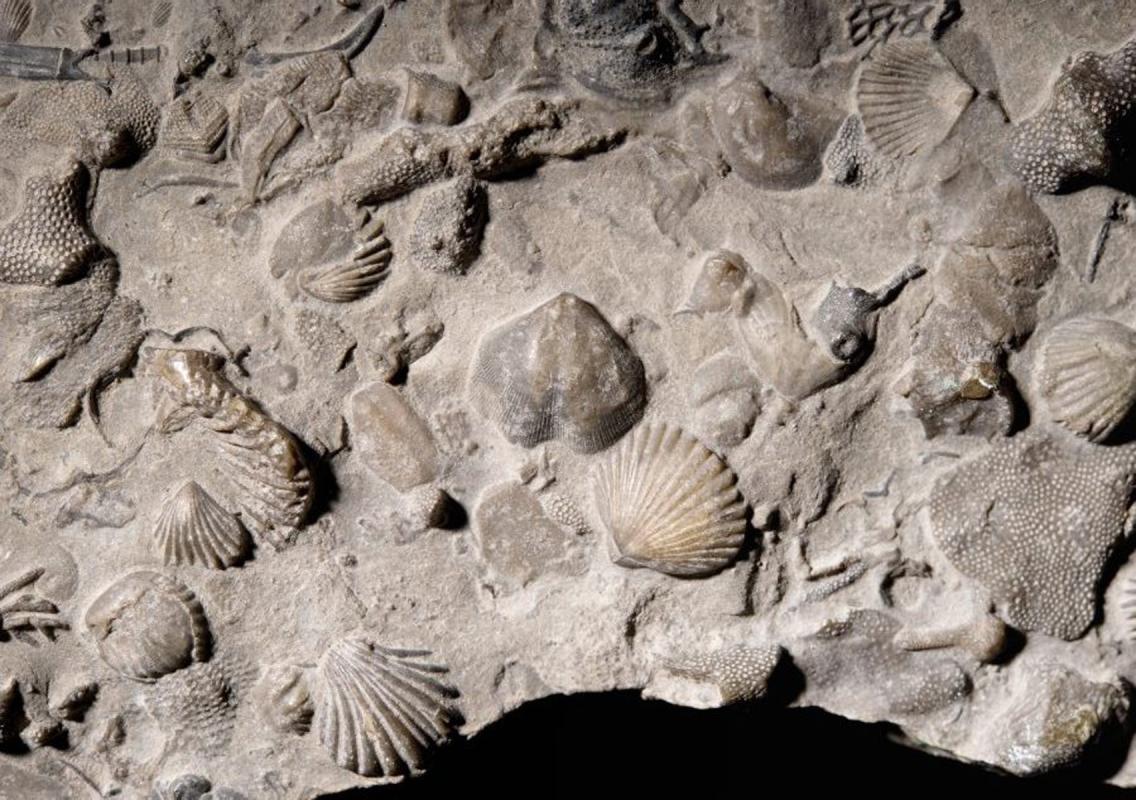Species interactions impact biodiversity but operate on small local scales that are not readily observable in fossil ecosystems. Researchers of the Museum für Naturkunde tried to lift this veil. Their study, recently published in the journal PNAS (Proceedings of the National Academy of Science), sheds light which ecological factors drove diversification processes in the geological past.
The way animals interact in ecosystems directly influences biodiversity. The interplay of competition, predation pressure and the establishment of new niches fuels or slows down the richness of species in ecosystems. These processes take place on larger time scales, which requires the analysis of ancient diversity dynamics. In the fossil record, however, such effects are difficult to detect and the impact of these locally acting factors on diversity patterns is poorly understood. A team of researchers led by Richard Hofmann of the Museum für Naturkunde now got as close as possible to the spatial resolution of marine habitats and patterns in the distribution of species to indirectly gain access on ecological interactions. The researchers used the global compilation of fossil data, from the publically available Paleobiology Database, and reconstructed different measures of biodiversity over the last 540 million years. They explored how high diversity has been achieved in fossil ecosystems. Either by a local enrichment of species in habitats that, however, have many species in common, or by putting comparatively few but different species in adjacent habitats. If such patterns in the distribution of diversity are compared using many deposits from different time intervals, the influence of competition and predation pressure can be estimated.
In the study, published in the newest issue of PNAS, Hofmann and his colleagues were able to show that the increase in overall diversity is always determined by the increase in the number of local species. There appears to be no such thing as a local saturation which could suggest that competition puts limits on biodiversity. On the contrary; competition drives specialization within ecosystems, which causes habitats to become more variable and, thus, collectively more diverse. However, this effect is only observed at lower and intermediate overall diversities. "This tells us that competition between species as driver of diversity is only at play once a certain threshold of diversity is reached. A further gain in the total number of species cannot be achieved by further specialization", Hofmann explains. Yet, accommodating even more species locally seems always possible. The researchers were surprised to find that diversity appears to be unlimited. Especially younger deposits of the last 100 million years harbor the most species-rich ecosystems. The appearance of this pattern since the Cretaceous period is associated with a fundamental increase in ecosystem complexity in the oceans. It was the growing pressure from predators and the reaction of prey that stimulated the evolution of new ecological niches.
These findings are important to understand which ecological conditions must prevail to keep biologically driven speciation processes in motion. The researchers confirm a diversification model, which indicates that competition loses its power to fuel diversification processes after episodes of extensive loss of species, e.g. during mass extinctions.
Hofmann, R, Tietje, M. and Aberhan, M. (201X) Diversity partitioning in Phanerozoic benthic marine communities. Proceedings of the National Academy of Science: www.pnas.org/cgi/doi/10.1073/pnas.1814487116
